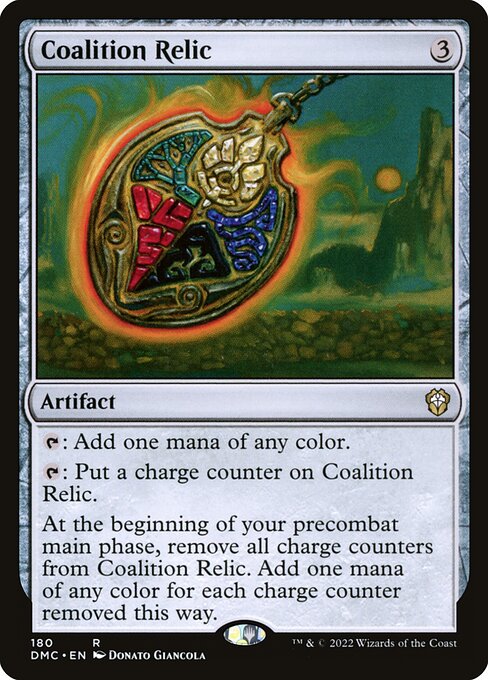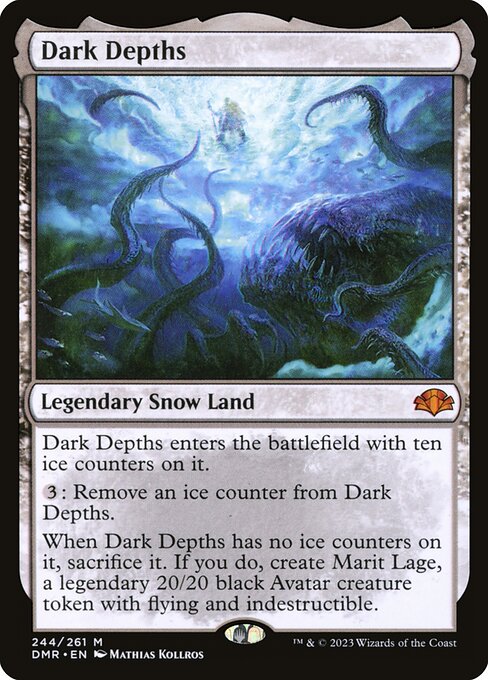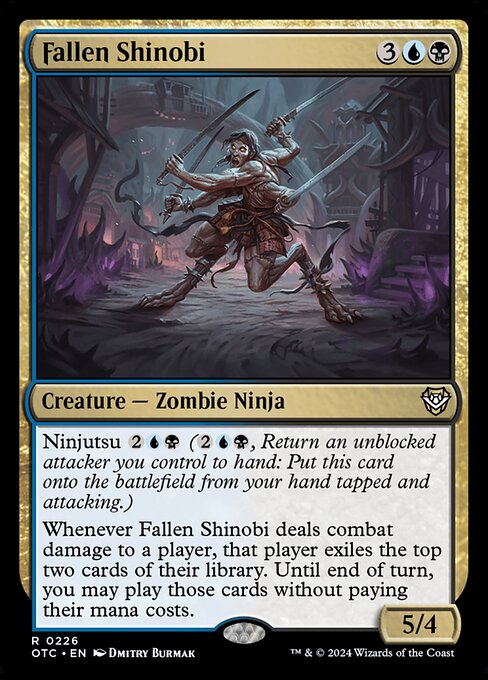About a year ago, when the pandemic began to take hold in the United States, I was just starting to get my feet wet with the greater Cube community. Through discovering Cube Discord servers I found myself surrounded by like-minded individuals, which meant I could finally “come out of the cave” and stop mulling over Cube stuff in relative isolation. I began by reading and listening to many of the communities established ideas; and slowly, carefully began to tread out and offer up my own small shreds of insight. With so much going on at once Discord Servers can be a pretty intimidating place. But it was more resources than I had ever imagined, so I took as much advantage of the situation I was in as possible. To my surprise and, admittedly, my relief the Cube community was overall genuinely welcoming to my voice and my presence.
As this was going on I had somehow found it increasingly difficult to write the more time I spent sitting at my computer on Discord. This was pretty frustrating at first as my head was absolutely filled to the brim with ideas. I was engaged, inspired, and motivated, yet I couldn’t easily write about it. What was wrong with me? By the time I had ground out a few of my 2019 set reviews and had come to Throne of Eldraine, my brain had all but shut down whenever I sat down to write an article. Nothing was coming out when it was time to communicate what I was learning—and the next thing I knew it was the holiday season. New Years came and went, and my work grew so hectic that I found myself utterly exhausted at the end of every day, with days off spent resting and catching up on normal human stuff. Talking about Cube, and listening to others do the same, was all the energy I could give.

This energy was, however, just enough to keep at it, so I did. Drafts were firing with some regularity online and whenever I was available to do so, I jumped in the queue and kept myself in the conversation. On good weeks we’d get more than a couple drafts to fire; if I wasn’t able to play for whatever reason, I always birded the games. We use Cockatrice for the gameplay and while it isn’t the ideal client for many people it was the only way to both digitally test new cards and support some of the sheer nonsense cubes people would bring to the table. So, we’d play, and we’d talk, and on better days we’d play some more and talk a lot more. I made friends, and the more time we spent together the deeper we went into the massive space that is cube design.
Talking About Cube is Tricky
Which brings me to this article. If you follow me on social media you might have noticed I’ve posted “questionairres” recently on cube design while mentioning some “research” for an article I was putting together. So, here we are. Where do I start? Where can you start when building a cube?
Many of us who wish to build a cube but lack the resources to build an indealized cube begin with a “What Cards Do I Own?” or the “Cards in a Box” solution. Just grab your binder, your draft rares, and that long box of cards and shuffle your favorites together. Voila! That’s your cube. And yeah, it’s the best way to start building a cube. We can talk about goal setting, macroarchetypes, median power bands, hypergeometics, as-fan, and a whole swathe of related considerations for elevating your design process—that’s all great stuff. But exactly zero of it is necessary. Cube is a massive space with an equally massive amount of freedom. More than any other way to play Magic, except Kitchen Table Magic, I suppose.

Once Cube gets in your system and you realize the scope of your endeavor, you’ll fall in love with it, get frustrated over it, and might, like me, become bonded to it as an expression of how you like to play Magic. You don’t have to be a game designer to be a cube owner, but you might grow interested in game design once you start asking yourself the right questions. Let’s start things off by asking what might just be the hardest question to answer when asked, even when you live and breathe this stuff like me. If Cube is this massive open space full of exploration and adventure, how then do we even begin to define what exactly Cube is?
Defining the Cube Experience
Cube is sometimes defined as a hybrid between Limited and Constructed Magic. Limited as in we draft and build our decks on the fly, but Constructed as it relates to power level, archetypes, and synergies. These are two fundamentally different approaches to playing the game, and yet it’s the one that’s always made the most sense for me. If we accept this definition is true, can we measure our environments along this axis of “Is my cube more like Limited or Constructed?” I think we can, and moreover, we can use this question to help deepen each of our desired play experience.

Many of the cubes I’ve played over the years, before I joined the greater Cube community through Discord, lean more into the Limited aspect of the game, and I get it. A lot of us love Cube because it is specifically not Constructed Magic. Cube gives us a break from playing Standard, Modern, or Historic where the metagame is more predictable, and where many of the games can feel repetitive or scripted. Cube can be a relaxing palate cleanser from the powerful interactions, gameplay, and competitive mindset that dominates tournament or ladder play.
While there are attempts at seeding archetypes or combos into the more Limited-leaning cubes, the majority of the gameplay experience is defined by the exploration of Novel Experiences. This is another way of saying discovery or new interactions. The cards are all “good” and there’s some build-around-me’s hanging around, but the big picture tends to focus on Campfire cards. This is a concept I brought up in an article last year where the card’s inclusion is not so much a strategic game piece so much as it presents you with the opportunity to get very excited and think some crazy shit’s about to go down when the card is drawn and played.

A great example of this is Fallen Shinobi. Much beloved by many cubers due solely to the play experience being so unreasonably swingy. For some of us cards like Fallen Shinobi shine this big bright neon sign saying WIN THE GAME! on them while others will grunt and brush the card off for being wildly inconsistent. It’s a matter of taste, really, or tolerance, and I can’t hate on anyone who loves the way Campfire cards play. They really do tell some great stories.
With Campfire it’s all about the cards, really, and not so much about the decks. So what happens when we shift our focus to building decks and not just on individual cards? I’m not talking about decks containing two-card combos. Supporting Splinter Twin and Pestermite, or Heliod, Sun-Crowned and Walking Ballista does not make a deck, or an archetype. They’re just combo pieces that exist within an archetype—say, for Splinter Twin combo, Izzet Tempo, or Control. For Heliod, Sun-Crowned, Selesnya Aggro or Midrange. The combo can be played wherever, so long as you can cast them, and are aside from mana symbols agnostic to pretty much any strategy. Unless, of course, your strategy is built around getting two cards into play together, in which case we’re no longer talking about decks. We’re talking about cards.
Constructing draftable archetypes in your environment means, above all things, supporting a consistently draftable gameplan. And when it comes to archetype support, there’s an understanding that what your decks need to be successful might not be the same things you as the designer want to put into your decks.
Join me again next time, when I explore more defining questions of cube construction!

